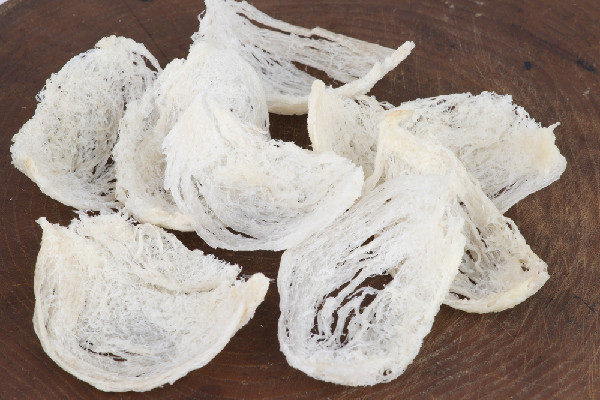Healing Powers of Birds' Nest Soup Remain Mysterious

At as much as $4,500 per pound, edible birds' nests are among the most expensive foods on the planet.
Made from the saliva of cave-dwelling birds called swiftlets, the nests are dangerous to harvest, laborious to prepare and have, according to traditional Chinese medicine, a long list of health benefits.
Traditionally consumed in soup, edible birds' nests are now being turned into food and drink additives as well as put into cosmetics, say two Chinese researchers who have assessed just what is known about the nutritional and medicinal properties of this expensive, and to Westerners, strange-sounding health food.
Science cannot yet explain the healing powers attributed to the soup, they conclude. Birds' nests "bioactivities and medicinal value are still open to question as there (is) not much scientific research on the medicinal properties," Fucui Ma and Daicheng Liu of Shandong Normal University in China write in a review article to be published in the October issue of the journal Food Research International. .
Swiftlets live in limestone caves around the Indian Ocean, in South and South East Asia, North Australia and the Pacific Islands. Males primarily build the nests, attaching them to the vertical walls of the caves. Removing them can be dangerous and painstaking work, and, depending on the type of nest, it can take one person eight hours to clean 10 nests, the researchers write. [Amazing Caves: Photos of Earth's Innards]
For possibly 1,200 years, the Chinese have prepared and eaten the nests as a soup. The nests are considered to have a high nutritional and medicinal value, believed to have everything from anti-aging and anti-cancer properties to the ability to improve concentration and raise libido.
Protein is the most abundant constituent of the nests, which contain all of the essential amino acids, the building blocks out of which proteins are made. They also contain six hormones, including testosterone and estradiol, the researchers write.
Get the world’s most fascinating discoveries delivered straight to your inbox.
The nests also contain carbohydrates, ash and a small quantity of lipids (naturally occurring molecules that include fats). Previous research has indicated that the nests contain substances that can stimulate cell division and growth, enhance tissue growth and regeneration, and that it can inhibit influenza infections.
But not everyone reacts well to them. Birds’ nests are known to cause anaphylaxis, a life-threatening allergic reaction.
Little research has been carried out on their biological function so far, and more is needed to better understand the qualities attributed to them, they conclude.
Follow Wynne Parry on Twitter @Wynne_Parry or LiveScience @livescience. We're also on Facebook & Google+.



